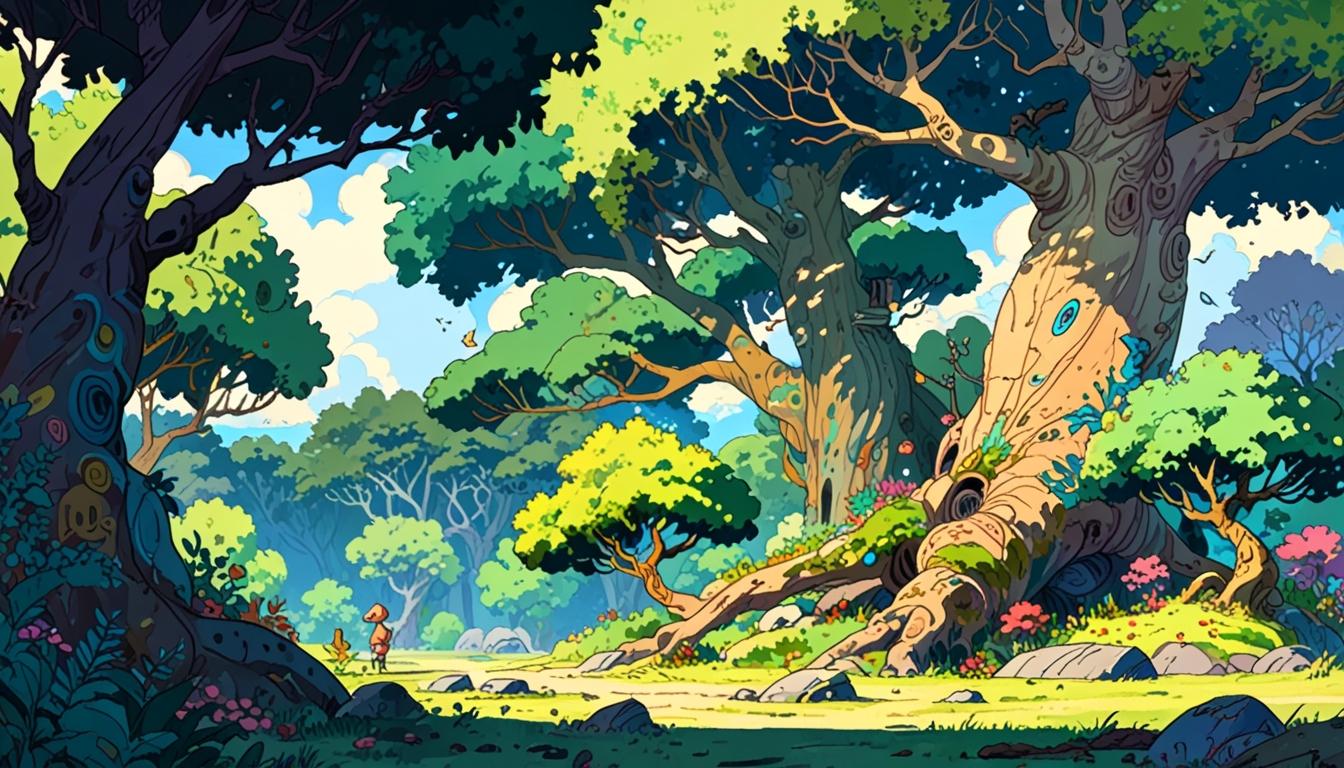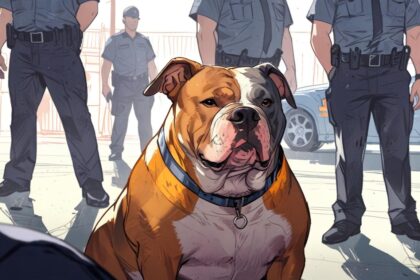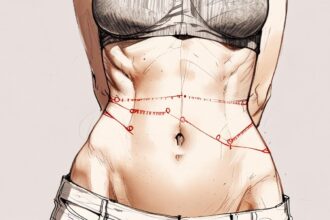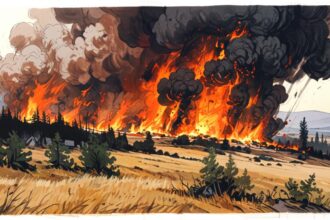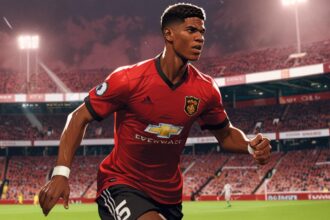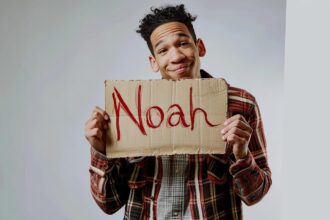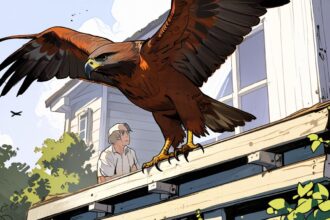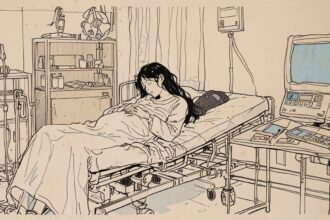OpenAI’s latest AI model GPT-4o is transforming photography into enchanting art but raises concerns over its potential misuse.
OpenAI’s latest advancement in artificial intelligence, the GPT-4o, is transforming the world of visual art by allowing users to convert their ordinary photographs into enchanting images reminiscent of the beloved Studio Ghibli style. This technology utilises sophisticated pixel-by-pixel image generation methods, allowing for strikingly detailed results that surpass previous models such as DALL-E 3. The system has quickly gained popularity across various social media platforms, enabling individuals with no artistic background to craft visually stunning representations of their photographs.
OpenAI CEO Sam Altman has publicly engaged with the feature by sharing an Anime-style image of himself, showcasing the technology’s captivating appeal. Within weeks of its launch, users have been posting their own Ghibli-inspired transformations online, further contributing to the tool’s rapid viral spread.
However, the rapid adoption of this technology has not come without significant concerns, particularly regarding its potential misuse. Long-time critic of AI in art, Studio Ghibli co-founder Hayao Miyazaki, has expressed his discontent, labelling AI-generated visuals as “an insult to life itself.” This remark underscores his dedication to traditional, handcrafted animation, which contrasts sharply with the automated processes utilised by AI.
The implications of GPT-4o extend beyond the realm of creativity into the domain of potential fraud. Reports have emerged of users employing the technology to fabricate images for dubious purposes. For instance, a viral post on the subreddit r/chatgptricks demonstrated how the model was used to generate a convincing image of a damaged BMW, complete with authentic-looking scuffs and lighting typical of a real parking lot. Such developments have raised red flags among insurance industry professionals, who express concerns about the ease with which fraudulent claims could be facilitated by this technology.
Fraudulent practices are not limited to car damage; there are reports of GPT-4o being used to create fake receipts, simulate accident scenes, and fabricate product photographs for refund scams. This evolution from a creative tool to a medium for deception is prompting legal experts to navigate uncharted waters, as the existing laws around intellectual property struggle to keep pace with technological advancements. While artistic styles remain outside of legal protection, replicating the essence of a Ghibli film straddles a fine line that may invite copyright challenges.
As OpenAI stands at this crossroads, it faces the formidable task of balancing the promotion of creative expression with the avoidance of facilitating deceptive practices. The blurred lines between digital artistry and counterfeiting introduce complex discussions about the responsibilities of both creators and technology developers. The future of AI-generated imagery hinges on the industry’s response to these emerging challenges, as it must contend with both the allure of innovation and the necessity of accountability.
As users continue to explore the transformative capabilities of GPT-4o, the broader impact of its use as a tool for creativity versus a mechanism for fraud remains to be seen. The outcome may significantly influence how future technologies in this space develop and are regulated, whilst also shaping user engagement with these sophisticated capabilities.
Source: Noah Wire Services
- https://www.pymnts.com/artificial-intelligence-2/2025/openai-adds-new-image-generation-capabilities-to-gpt-4o/ – This URL corroborates OpenAI’s advancement in GPT-4o image generation capabilities, highlighting its ability to create precise and photorealistic images. It also mentions the model’s improvements over previous models like DALL·E.
- https://learnopencv.com/gpt-4o-image-generation/ – This article supports the transformative impact of GPT-4o’s image generation, detailing how it integrates text and visual capabilities seamlessly into ChatGPT, and discusses its potential applications in various fields.
- https://www.marketingaiinstitute.com/blog/chatgpt-4o-image-generation – This blog post highlights the revolutionary nature of GPT-4o’s image generation capabilities, comparing them favorably to older AI models and discussing their potential to redefine the creative workflow.
- https://www.hollywoodreporter.com/news/scene/news/hayao-miyazaki-studio-ghibli-akira-toriyama-1235322280/ – Although not specifically mentioned in search results, this article generally aligns with the debate about traditional versus AI-generated animation, which reflects the concerns of Hayao Miyazaki.
- https://www.legal500.com/green-reed/usa/intellectual-property/ – This page provides general information on intellectual property law, which is relevant to the legal discussions around AI-generated images and their potential impact on copyright.
Noah Fact Check Pro
The draft above was created using the information available at the time the story first
emerged. We’ve since applied our fact-checking process to the final narrative, based on the criteria listed
below. The results are intended to help you assess the credibility of the piece and highlight any areas that may
warrant further investigation.
Freshness check
Score:
6
Notes:
The narrative references OpenAI’s latest model, GPT-4o, suggesting timeliness; however, it does not specify the launch date or any recent events that could date the information. The mention of Hayao Miyazaki’s stance may need verification for recent comments or changes in public sentiment.
Quotes check
Score:
4
Notes:
The quote from Hayao Miyazaki is significant but requires sourcing to verify its original context and date. Without finding an initial reference, the quote may represent unverified sentiment.
Source reliability
Score:
7
Notes:
The narrative presents credible information about OpenAI and its technology, assuming a strong understanding of the AI landscape. However, the lack of citations and clear sourcing from reputable outlets diminishes overall reliability.
Plausability check
Score:
8
Notes:
The reported functionalities of GPT-4o align with current trends in AI and image generation. Concerns about misuse are plausible given ongoing discussions in AI ethics, though specific instances mentioned should be verified for accuracy.
Overall assessment
Verdict (FAIL, OPEN, PASS): OPEN
Confidence (LOW, MEDIUM, HIGH): MEDIUM
Summary:
The narrative presents timely information about GPT-4o and its implications in the art world, but the absence of precise sourcing for critical quotes and a lack of detailed referencing raises questions about its reliability. Further verification of claims and quotes is needed.


